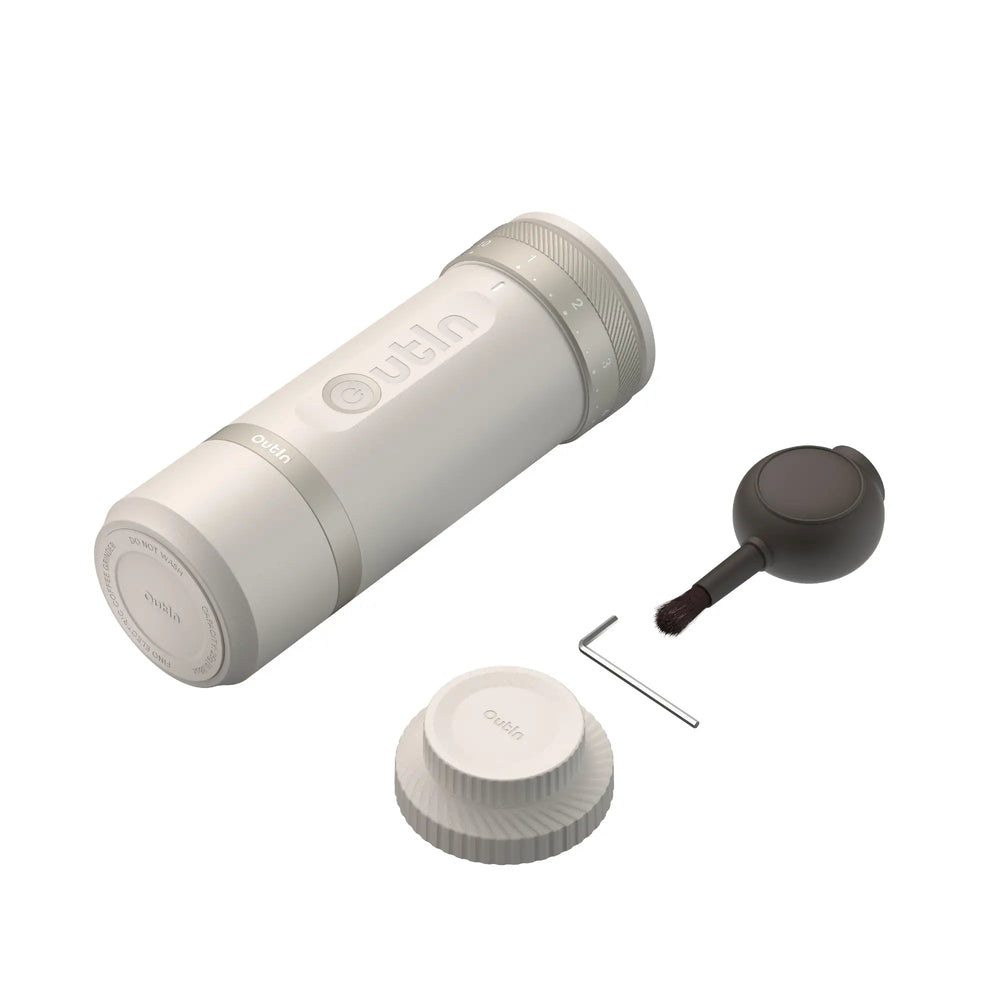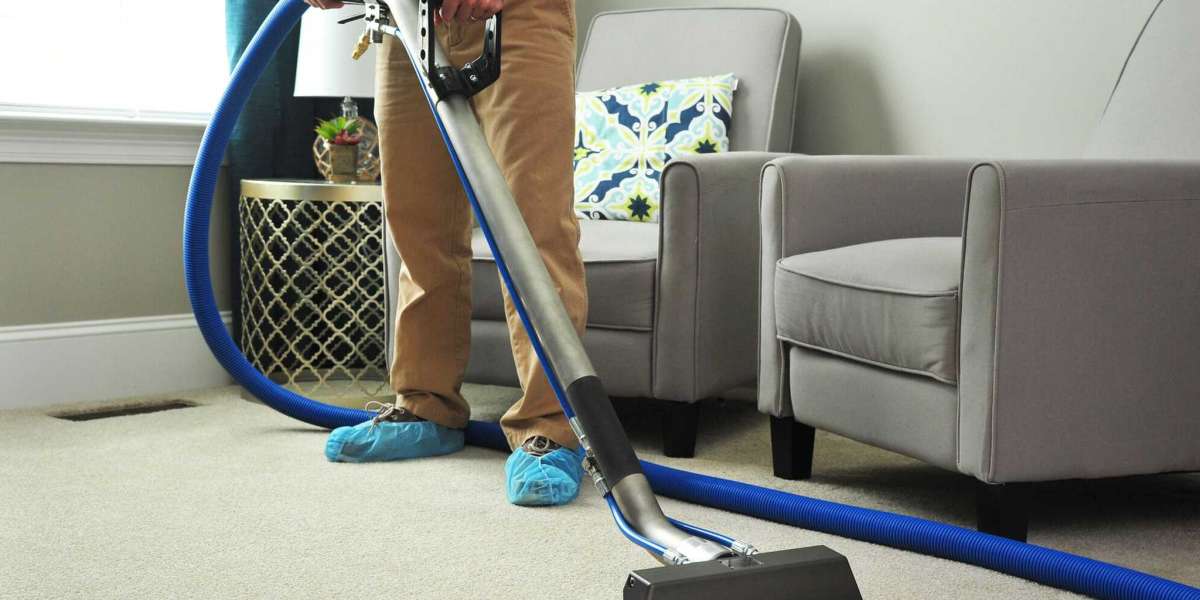Discover the Ultimate Espresso Grinder: Which One Will Transform Your Brewing Game?
When it comes to brewing the perfect cup of espresso, the grinder you choose can make all the difference. A quality espresso coffee grinder is essential for achieving the desired grind size and consistency, which directly influences flavor extraction. As espresso coffee grows increasingly popular among coffee enthusiasts, understanding how to select the right grinder becomes paramount. This article aims to compare different types of espresso grinders, providing valuable insights to help you make an informed purchasing decision. Whether you’re a novice barista or a seasoned coffee lover, knowing the nuances of espresso grinders can elevate your brewing experience.

Understanding Espresso Coffee Grinders
An espresso grinder is specifically designed to produce a fine, consistent grind that is essential for brewing espresso. Unlike standard coffee grinders, which may vary in grind size and quality, espresso grinders are engineered to deliver precision. The grind size and consistency are crucial because espresso brewing relies on water passing through finely ground coffee at high pressure. If the grind is too coarse, the water will flow through too quickly, resulting in a weak brew. Conversely, if the grind is too fine, it may clog the machine, leading to an over-extracted, bitter taste. Therefore, understanding the role of your grinder is fundamental to achieving that rich, aromatic espresso that coffee lovers crave.
Types of Espresso Coffee Grinders
When exploring espresso grinders, you will primarily encounter two types: blade grinders and burr grinders. Blade grinders use sharp blades that spin at high speeds to chop coffee beans, creating an inconsistent grind. While they are typically more affordable and compact, they are not ideal for espresso brewing due to the uneven grind size, which can lead to an inconsistent extraction. On the other hand, burr grinders utilize two revolving abrasive surfaces to crush the beans uniformly, resulting in a consistent grind size crucial for espresso. Although burr grinders tend to be more expensive, their ability to produce a precise grind makes them the preferred choice for serious espresso enthusiasts.
Burr Grinders
Diving deeper into burr grinders, they can be categorized into two main types: flat and conical. Flat burr grinders feature two parallel grinding plates that create a uniform grind size, while conical burr grinders consist of a cone-shaped burr that fits into a ring burr. Both mechanisms provide exceptional grind consistency, but conical grinders are often favored for their ability to reduce heat buildup, preserving the coffee’s flavor. This is particularly important for espresso, where every nuance of flavor is vital. Many coffee aficionados, including a friend of mine who swears by his conical burr grinder, attest that investing in a quality burr grinder has significantly improved their espresso brewing experience.
Blade Grinders
Blade grinders, on the other hand, are more cost-effective and can be found in many households. They work by slicing beans into various sizes, which may appeal to those who need a quick and easy grinding solution. However, the limitations of blade grinders become evident when brewing espresso. The inconsistent grind size can result in uneven extraction, which compromises the flavor profile of your espresso. My friend, who initially started with a blade grinder, often found himself disappointed with his espresso shots until he made the switch to a burr grinder. This experience highlights the significant impact that the right grinder can have on your coffee brewing journey.
Key Features to Consider When Choosing an Espresso Grinder
When selecting an espresso grinder, there are several key features to consider to enhance your brewing experience. First and foremost, look for adjustable grind settings, which allow you to customize the grind size according to your espresso machine’s requirements. The size and material of the grinder also play a role; a heavier grinder typically offers more stability and durability. Additionally, ease of cleaning is crucial, as coffee oils can accumulate and affect flavor over time. Many grinders come with removable parts that simplify maintenance. Considering these features can help you find a grinder that not only meets your brewing needs but also fits seamlessly into your coffee routine.
Comparing Espresso Grinders: What to Look For
As you compare different espresso grinders, focus on performance, price range, user reviews, and specific features. Performance is often evaluated based on grind consistency and speed; a grinder that offers a quick but consistent grind can save you time without sacrificing quality. Price range varies significantly, so it’s essential to identify your budget while ensuring you get a grinder that meets your needs. User reviews can provide insights into real-world performance and durability, helping you gauge if a particular grinder will suit your lifestyle. Lastly, consider how different grinders cater to various preferences, whether you’re a casual drinker or a passionate home barista.
Choosing the Right Espresso Grinder for You
In summary, choosing the right espresso grinder is a critical step toward elevating your coffee brewing experience. From understanding the differences between blade and burr grinders to recognizing essential features, this guide aims to equip you with the knowledge needed to make an informed decision. Remember, the perfect espresso grinder will not only enhance your brewing results but also align with your personal preferences and habits. Investing in the right equipment can transform your daily coffee ritual into a delightful experience, allowing you to savor every sip of your perfect brew.








